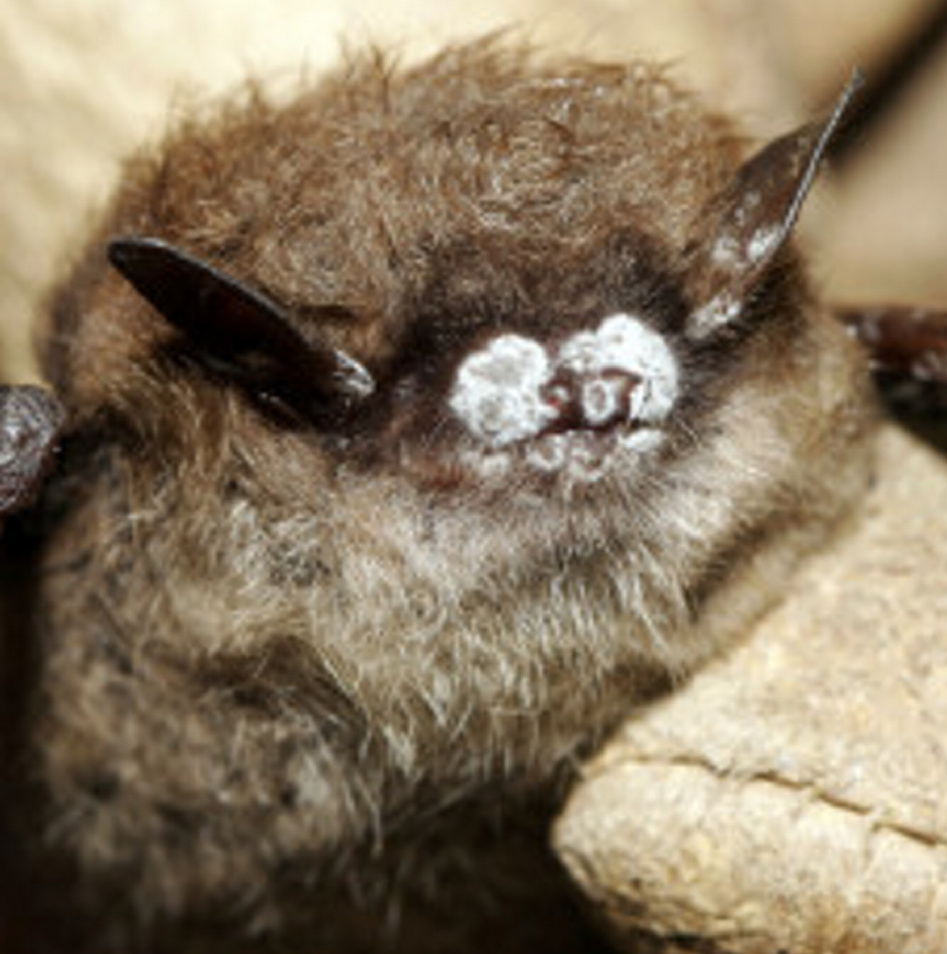Maine wildlife biologists are asking for the public’s help keeping track of bat colonies in the state as a fungus continues to take a toll on bat populations throughout the Northeast.
The Department of Inland Fisheries and Wildlife has launched an online survey page where individuals can report information about current or historic bat colonies in attics, barns or other locations. Biologists will then use the data and the public observations to monitor several species – in particular, the little brown bat and the big brown bat – that have been affected by white nose syndrome, a fungus-caused disease that affects bats as they hibernate over winter.
White nose syndrome has killed millions of bats across the eastern portion of North America, including more than 90 percent of Maine’s population of the once-common little brown bats.
“The scientific community is still questioning whether the decline has bottomed out … or is the population so small that it is difficult to quantify” the changes, said Cory Mosby, a wildlife department biologist who works with bats.
Participants in the survey, which is available through www.maine.gov/ifw, will be asked to provide the location and current size of the bat colony as well as whether they observed any dead or dying bats. If possible, participants will be asked to provide information about the size of the bat colony in previous years for comparison purposes. And some willing participants will be asked to collect samples of bat guano, or feces, for testing. Biologists may ask to visit some colonies, Mosby said.
White nose syndrome was first documented in Maine in 2011, five years after the first cases appeared in a New York cave. The syndrome – so named because of the white appearance of the muzzles of affected bats – is caused by a fungus that thrives in the cold, humid conditions in caves where bats hibernate. Bats afflicted with white nose syndrome often burn off their fat reserves during hibernation, causing them to starve or to leave their caves – also known as hibernacula – in the middle of winter in an unsuccessful search for insects.
White nose syndrome has now been found in more than two dozen states in the eastern U.S., as well as in Washington state and several Canadian provinces. Researchers, meanwhile, are scrambling to learn about the disease and exploring theories for how bats can combat the fungus, either naturally or with human help.
Maine does not have many of the large hibernacula found in states such as New York, Vermont and Pennsylvania. However, the state has lost as much as 98 percent of some bat populations that fill a major ecological niche and are among nature’s best insect-control agents.
Little brown bats, which often seek out warm attics, barns or tree hollows in summer months to raise their young, are now relatively rare in Maine and are listed as an endangered species in the state. Big brown bats are now more common than little brown bats and appear somewhat less vulnerable to white nose syndrome. But less is known about big brown bats’ roosting locations, Mosby said, so the data provided by the online survey tool will help biologists keep track of them.
Mosby said the online survey is modeled after a similar website in Vermont that has proved successful.
“This online survey tool will help us locate existing bat colonies and give us more insight into the health of Maine’s bat population,” Mosby said.
Kevin Miller can be contacted at 791-6312 or at:
Twitter: KevinMillerPPH
Send questions/comments to the editors.




